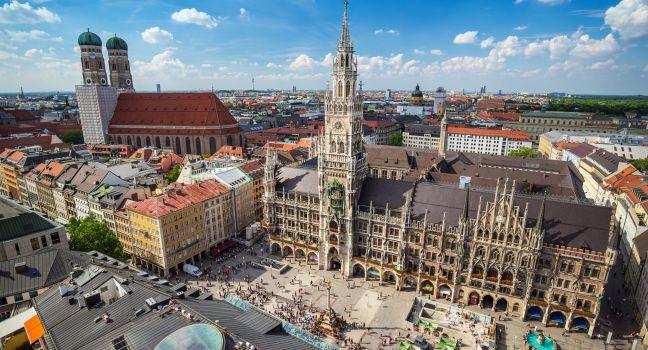Asamkirche
Perhaps Munich's most ostentatious church, it has a suitably extraordinary entrance, framed by raw rock foundations. The insignificant door, crammed between its craggy shoulders, gives little idea of the opulence and lavish detailing within the small 18th-century church (there are only 12 rows of pews). Above the doorway St. Nepomuk, the 14th-century Bohemian monk and patron saint of Bavaria who drowned in the Danube, is being led by angels from a rocky riverbank to heaven. The church's official name is Church of St. Johann Nepomuk, but it's more popularly known as the Asamkirche for its architects, the brothers Cosmas Damian and Egid Quirin Asam. The interior of the church is a prime example of true southern German late-Baroque architecture. Frescoes by Cosmas Damian Asam and rosy marble cover the walls. The sheer wealth of statues and gilding is stunning—there's even a gilt skeleton at the sanctuary's portal.




